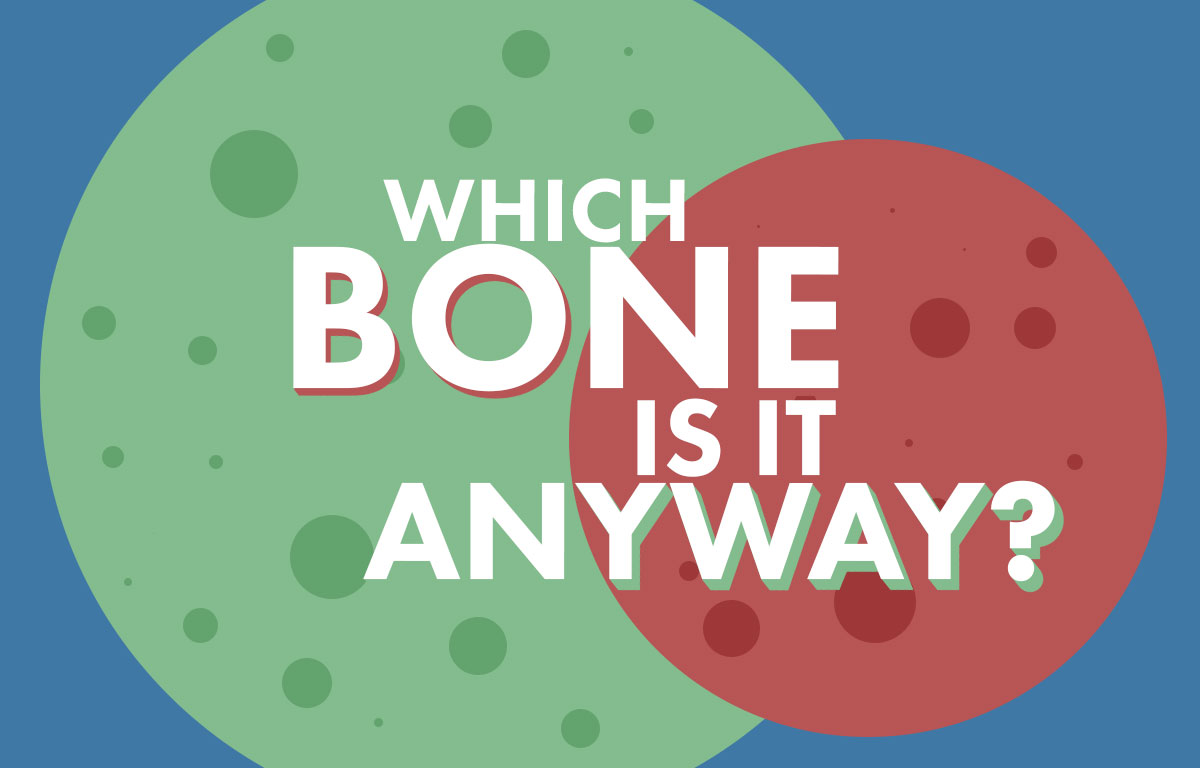What Your Bone Type Could Mean For Dental Implant Treatment
“It depends.” That’s probably an answer you will often hear if you’re considering getting dental implants. This is because there are so many things to consider when placing a dental implant.
One of the many considerations that your dentist needs to take into account before placing a dental implant is what type of bone you have at the implant site. Here are the four types of bone and what they can mean for your treatment.
- Type 1 – This type of bone is very hard and dense. An implant placed into this type of bone will be very secure from the start. Since the bone is so dense, however, there aren’t as many blood vessels at the site. This means that the bone will have a harder time healing around the implant. It could be 5 months before the final abutment and dental crown are put in.
- Type 2 – This type of bone is still fairly dense but isn’t as dense as Type 1, but what it lacks in density it makes up for with greater vascularity. An implant placed in this type of bone can be restored with an abutment and crown in as little as 4 months.
- Type 3 – This type of bone is quite porous and could take up to 6 months to heal.
- Type 4 – This type of bone is also very porous. When a patient has Type 4 bone, they often need augmentation procedures in order to improve the quality of the bone. Sometimes a dentist will place multiple implants to support the restoration in order to distribute the load on multiple implants instead of just one.
Whatever type of bone you have, it’s best to have a clear dialogue with your dentist to understand the steps of treatment. If you’re considering dental implants, don’t hesitate to give us a call.







